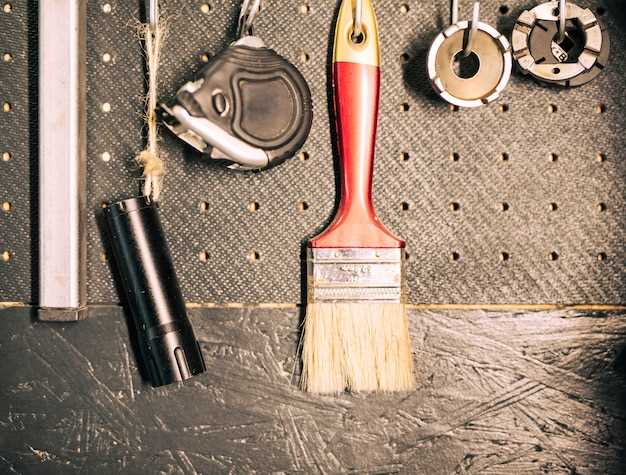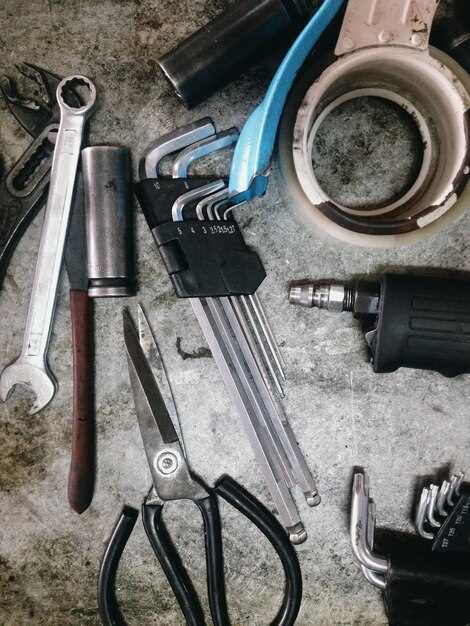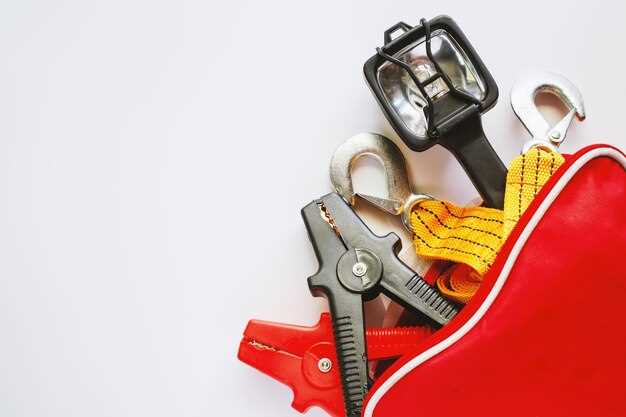

The passion for restoring classic cars is more than a hobby; it’s an art form that requires precision, dedication, and the right setup. Creating the ideal garage workspace is crucial for any enthusiast looking to breathe new life into vintage automobiles. With so many tools available on the market, understanding which ones are essential can save both time and money while ensuring a high-quality finish.
When it comes to car restoration, having the right tools at your disposal can make a world of difference. Whether you’re tackling bodywork, engine repair, or interior refurbishment, investing in a select range of reliable tools is key. From basic hand tools to specialized equipment, each item plays a vital role in achieving your restoration goals. In this article, we will explore the must-have tools that every car restoration enthusiast should consider incorporating into their garage setup.
By equipping yourself with the right tools, you not only enhance your efficiency but also elevate the quality of your work. Let’s dive into the essential toolkit that will empower you to transform any car into a masterpiece, ensuring that your passion for restoration is met with success and satisfaction.
Creating a Functional Garage Setup for Car Restoration

Establishing a well-organized and efficient garage setup is crucial for any car restoration enthusiast. A functional garage not only enhances the restoration process but also creates a safe and comfortable working environment.
The first step in creating your garage is to assess the available space. Measure the area to determine how to layout your tools and workstations effectively. Consider allocating zones for different activities such as disassembly, cleaning, painting, and assembly. This separation can streamline workflows and reduce the risk of damage.
Invest in sturdy workbenches with ample surface area for handling various tasks. A bench with built-in storage can help you keep your tools organized and easily accessible. Additionally, having a proper tool chest or pegboard on the wall for hanging tools can optimize your garage space.
Proper lighting is essential for any garage setup. Consider installing bright LED lights that illuminate your workspace without creating harsh shadows. This is especially important during intricate tasks that require precision. Natural light is also beneficial, so if possible, keep windows unobstructed.
Having the right tools readily available is vital for successful car restoration. Invest in a quality set of hand tools, power tools, and specialized equipment tailored to your restoration projects. Make a checklist of must-have tools such as wrenches, sockets, and sanders to ensure you are well-equipped.
Ensure your garage is equipped with safety gear, including goggles, gloves, and fire extinguishers. Safety should always be a priority when working on restoration projects. Creating designated areas for hazardous materials and ensuring proper ventilation will promote a safer working environment.
Lastly, consider adding a few personal touches to make your garage an enjoyable space. Displaying car memorabilia or having a comfortable seating area can provide a sense of belonging and motivation as you embark on your restoration journey.
In conclusion, a functional garage setup is an essential component of successful car restoration. A well-organized space with the right tools and proper safety measures will enhance productivity and make the restoration process not only efficient but also enjoyable.
Essential Hand Tools Every Car Restorer Should Own
For any car restoration enthusiast, having the right hand tools is crucial to achieving a successful and smooth restoration process. A well-organized toolkit can make tasks easier and more efficient. Here are the essential tools that every car restorer should consider incorporating into their setup.
1. Wrenches: A set of both combination and adjustable wrenches is vital. They allow for securing and loosening nuts and bolts of varying sizes. A quality wrench set provides versatility and helps prevent damage to fasteners.
2. Screwdrivers: Flat and Phillips head screwdrivers are indispensable for working on various components, from interior fixtures to engine parts. A magnetic tip can also be beneficial for retrieving screws in tight spaces.
3. Pliers: Needle-nose pliers, slip-joint pliers, and locking pliers should be part of any toolkit. These tools help grip, twist, and cut wires or small components, which is often necessary during restoration tasks.
4. Hammers: A selection of hammers, including a ball-peen hammer and a rubber mallet, is essential for shaping and adjusting body panels without causing damage. Each type serves a specific purpose in the restoration process.
5. Utility Knife: A sturdy utility knife is ideal for cutting through various materials such as insulation, carpeting, or rubber seals. A sharp blade ensures clean cuts that are crucial during restoration work.
6. Pry Bars: These tools provide leverage when removing stubborn parts or components. Their various sizes allow for ease of access in tight spots and help prevent damage when prying apart joints.
7. Torque Wrench: A torque wrench is critical for ensuring that bolts and nuts are tightened to the manufacturer’s specifications, helping avoid mechanical failures. Investing in a quality torque wrench improves overall safety and performance.
8. Measuring Tools: Tape measures and calipers are important for accurate measurements, which are essential for custom modifications and ensuring that parts fit perfectly during restoration.
By equipping your garage with these essential hand tools, you can create a functional setup that significantly enhances your efficiency and effectiveness in car restoration projects. Investing in high-quality tools not only makes the restoration process smoother but also ensures better results and longevity of your work.
Power Tools That Streamline the Restoration Process

When it comes to car restoration, having the right setup in your garage can make all the difference. Power tools are indispensable for speeding up various tasks and achieving professional results. Here are some must-have power tools that can transform your restoration project.
A high-quality electric sander is essential for any restoration enthusiast. It allows for quick removal of paint and rust, ensuring a smooth surface before applying new coats. With various grit options, you can customize your approach to sanding, making it versatile for different materials.
Another valuable tool is a rotary tool. This compact device can handle a variety of attachments, making it perfect for cutting, grinding, and polishing. Whether you’re working on intricate parts or larger components, a rotary tool enhances precision and efficiency, ensuring that those hard-to-reach areas are no longer a challenge.
Don’t overlook the importance of a power drill. With an array of bits and accessories, this tool is crucial for tasks such as installing hardware or removing stubborn screws. A cordless option provides the convenience of mobility, making it easier to navigate your garage while working on your project.
For those needing to tackle heavy rust or dense metal, a grinder is a must-have. Equipped with the right discs, this tool not only removes material quickly but also helps shape metal components. Its power and efficiency make it perfect for both bodywork and frame restoration.
Lastly, a paint sprayer can significantly enhance the painting process. Unlike traditional spray cans or brushes, a paint sprayer delivers an even coat and reduces overspray. This tool saves time and yields a professional finish, making it invaluable for achieving the desired aesthetics of your restored vehicle.
Incorporating these power tools into your garage setup will streamline the restoration process, allowing you to focus on what you love most–bringing classic cars back to life. By investing in quality tools, you ensure that your restoration projects are not only efficient but also successful.






